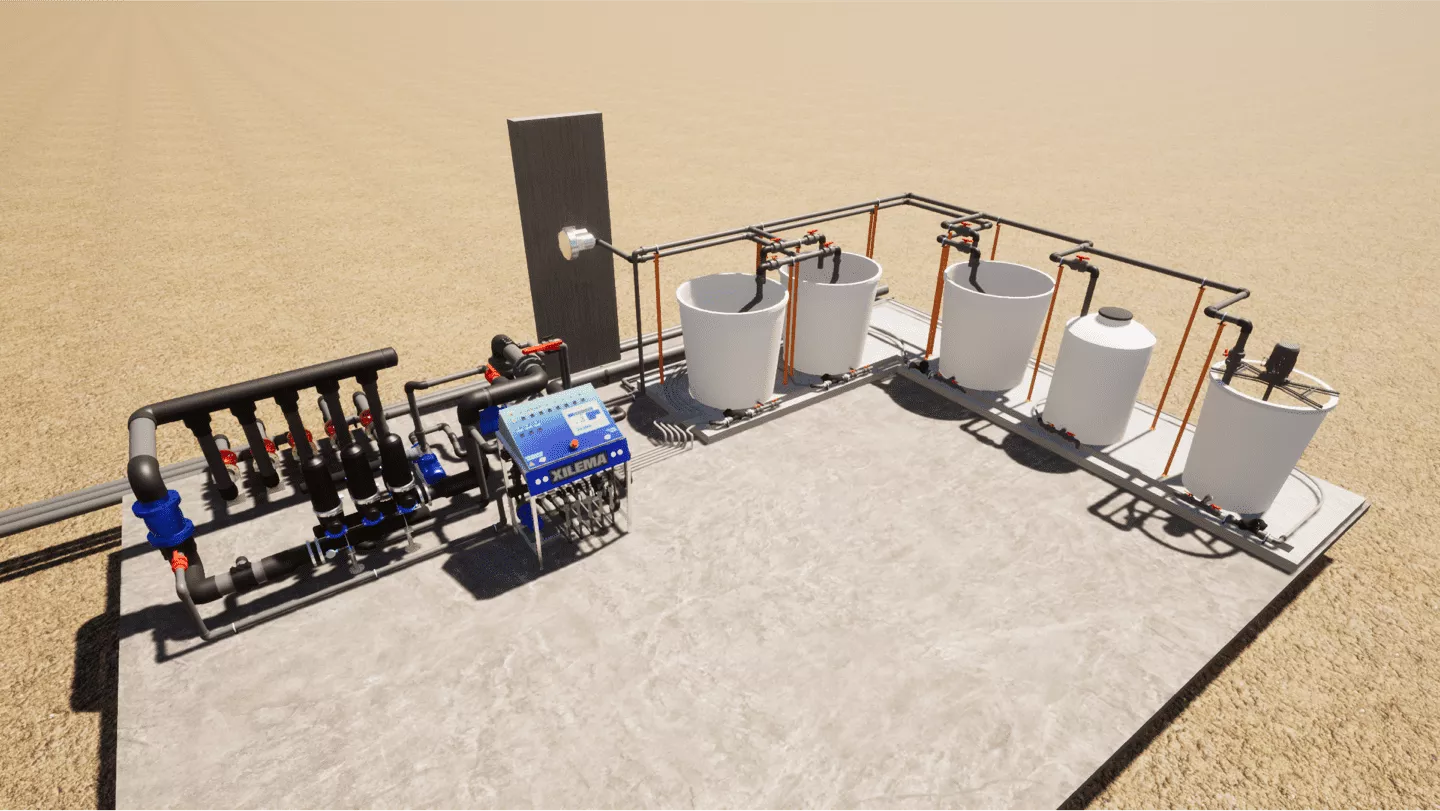Drip irrigation is a localised irrigation technique that supplies water uniformly and continuously to the crop.
Water falls drop by drop and infiltrates into the soil, directly irrigating the root zone of influence through a system of pipes and emitters, which minimises waste and avoids excess humidity.
At Novagric we offer a comprehensive service in precision irrigation installations to increase production yields and save water.
On which crops is Drip Irrigation used?
The use of drip irrigation systems is widespread in extensive crops, fruit, citrus, vines and horticulture, especially in temperate or arid areas with scarce water resources.
How much water is saved with Drip Irrigation?
Growers are demanding solutions that improve the efficiency and productivity of their crops with existing resources.
Drip irrigation makes maximum use of water with low water consumption, offering higher crop yields and an excellent return on investment, compared to other methods such as surface irrigation or sprinkler irrigation.
With localised irrigation it is possible to achieve a water efficiency of 90 – 95 % and to reduce evaporation and percolation losses.
Advantages of drip irrigation system
Components of a drip irrigation installation
Types of emitters
Drip Irrigation Pipe Materials

On which crops can you install drip irrigation?
The use of drip irrigation systems is widespread in extensive crops, fruit trees, citrus, vines and horticultural crops, especially in temperate or arid areas with scarce water resources.
At Novagric we carry out a complete technical study to optimise every drop of water and achieve the best growing conditions for your open field crop.



